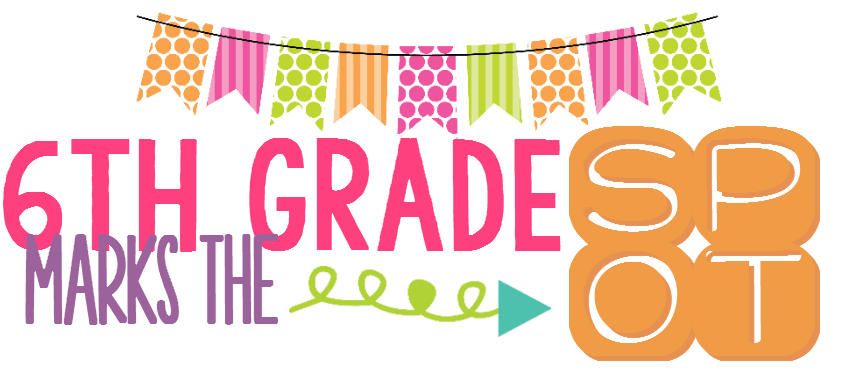As promised in the last post, I wanted to share an idea on how I do group work (most especially in math). My first year of teaching, I wanted my students to do a ton of group work. After all, I learned in college that being able to collaborate was a 21st century skill and we needed to make sure we gave our students opportunities to be successful in the real world. Well, group work seemed like it always became social hour, and my students hardly got anything done. I discussed the problem with my mentor teacher, and she suggested I go and observe a fourth grade teacher at our school.
WOW! This teacher was so gifted in how she taught. Her classroom was far from quiet & traditional, but that's what made it work so well! The kids were solving math problems like crazy, they were explaining their thinking, and they just seemed to be soaking up every word she said. I needed this gift! After watching, she and I sat down and talked about things that I really liked and questions that I had. She shared these popsicle sticks that she had had (in her words) "for a million years." The thing was, though, they were magic! She had a group points system in her class, but it went far beyond the "best group" or the "most on time" etc. At the beginning of every problem or question they answered, she pulled out two sticks and kept them a secret. She would make her way around the room and observe students, get them back on the right track, and generally just talk math with them. The ones who were finished helped others or perfected their work. Just keepin' it real, but my classroom never, EVER looked like this yet.
At the end, she would reveal the mystery sticks and award points accordingly! Amazing! The very next day I tried it, and honestly, not a ton change, but there was PROGRESS! Over time, and especially the next year, I was amazed at how 10 little sticks could make such a difference.
The little sticks in my picture are hardly cute, but they are totally functional. But! I made these for y'all! For FREE! Because that teacher saved my group work, so I'm going to just pay it forward. What I love about these sticks is that it's not all about being finished first. I think that sometimes makes kids sloppy. So, sometimes it's about being first (10% of the time if we're getting technical here about our theoretical probability-ha!), but a lot of times it's about explanations, being patient, and helping each other out.
When a group finishes, they raise their arms to an "x." (This helps me know who's done vs. who needs help). When I check their work, I either tell them "nope" or give them their order number (first, second, etc.) and they write it on their board because I can't keep track of who finished third. My brain needs working memory elsewhere! A lot of times I'll guide them if they're totally off track, but if it's my higher performing kids, I just say no and walk away. It's good for them to look through notes and see what they missed, even if it's just their units! For a FREE DOWNLOAD, visit my TPT store at the link HERE! There are 3 different color schemes and a black & white version to keep your printer happy. :)













